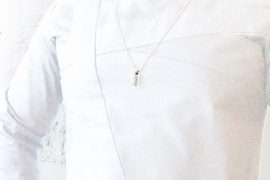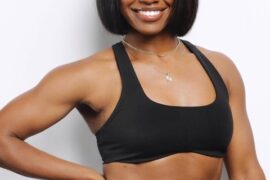 Sugar addiction is at an all-time high. While the American Heart Association recommends that the average woman eat a maximum of 30 grams of sugars per day and the average man, 45 grams, unfortunately, people are consuming closer to 100 grams of sugar per day.
Sugar addiction is at an all-time high. While the American Heart Association recommends that the average woman eat a maximum of 30 grams of sugars per day and the average man, 45 grams, unfortunately, people are consuming closer to 100 grams of sugar per day.
Sugar is linked to obesity, hypertension, high blood pressure, depression, headaches, and fatigue. Nevertheless, many people might not even know they have a problem. Here are the top four signs that you might be addicted to sugar.
1. You eat sugar when emotional.

Ask yourself: Why do I actually want this chocolate? Is it to enjoy one piece? Or is it because your co-worker just snapped at you and you don’t want to lose your job? If you find that your intention for having the chocolate is to soothe yourself, it might be best to step away from your desk and go for a 10-minute walk outside the office instead.
2. You crave simple carbohydrates.

A sneaky way for your addiction to manifest itself is by your body craving simple carbohydrates. After being consumed, carbs turn into sugar very quickly and can feed your body’s addiction to sugar. Croissants, white bread, pasta, white rice, and pastries are the most popular simple carbohydrates that sugar addicts crave.
3. You crave meat or salty foods.

A healthy body always strives toward balance, so too much expanding food creates a craving for contracting food, and vice versa. For example, if you eat too much salt or animal foods (meat products), you will crave sweets to make a balance.
If you can regulate how much salt you are eating, it’s likely that you won’t crave sugar as often. Remember that salt hides in processed, canned, and restaurant foods.
4. You will eat sweets until you are physically sick.
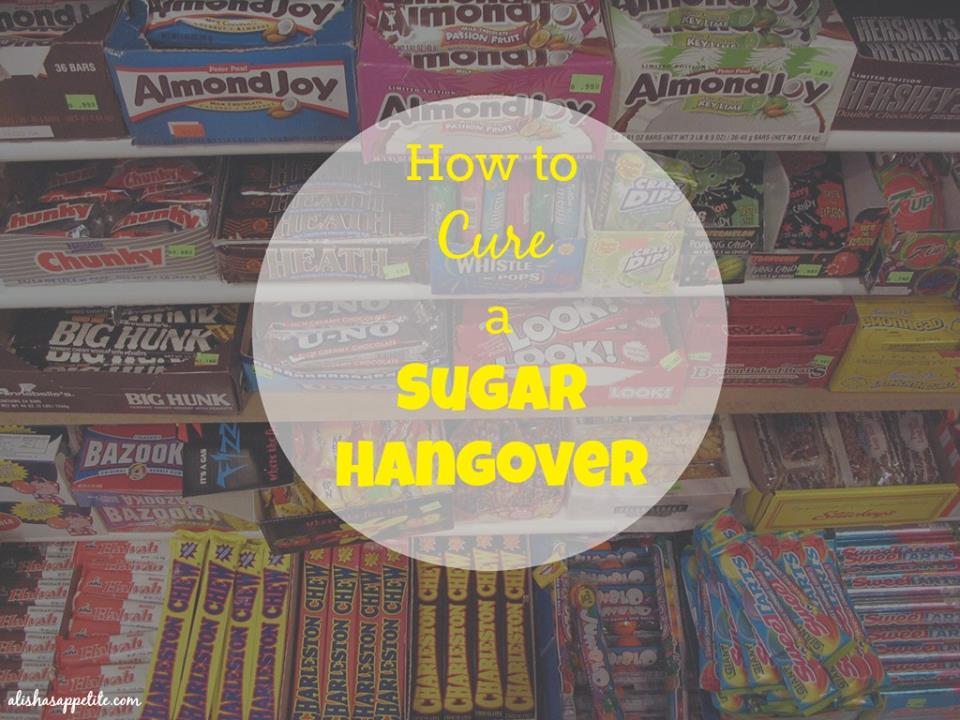
The term for how you feel afterwards is called a “sugar hangover”. The following symptoms: headache, gas, bloating, fuzzy thinking, fatigue, or sleepiness from eating to many desserts are clear signs. Have experienced a sugar hangover? If you do this once or twice a week, you are a sugar addict.
Try making an agreement with yourself not to keep sugary foods in the house, and when you’re at a restaurant order only one dessert and fully enjoy it. The act of eating dessert in public often creates accountability.
If you identify with some, if not all, of the signs of sugar addiction, you aren’t alone. My mother is a sugar addict and has a “weight” problem. She says it’s a problem when she has to “wait” to eat! You can beat your addiction by first acknowledging that it’s affecting your long-term health.
Diabetes

In the meantime, research has shown that drinking sugary drinks is linked to Type 2 diabetes. The American Diabetes Association recommends that people avoid drinking sugar-sweetened beverages to help prevent Type 2 diabetes.
Sugary drinks raise blood glucose (also called blood sugar) and can provide several hundred calories in just one serving. Just one 12-ounce can of regular soda has about 150 calories and 40 grams of carbohydrates. This is the same amount of carbohydrates in 10 teaspoons of sugar!
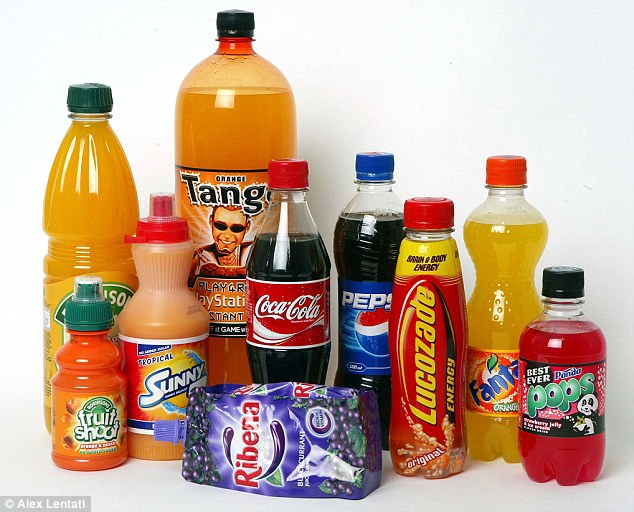
Sugar-sweetened beverages include drinks like:
• Regular soda
• Fruit punch
• Fruit drinks
• Energy drinks
• Sports drinks
• Sweet tea
Diabetes is the seventh leading cause of death in the United States and having it doubles the risk of heart attack and stroke. In the United Kingdom, more than five million people will have diabetes by 2025 at the current pace.
The devastating complications and premature deaths associated with diabetes can be prevented. The primary cause of the parallel increases in obesity and diabetes is the nutrient-depleted modern society diet.
A diet of vegetables, nuts, seeds, beans, and fresh fruit can prevent and even reverse diabetes, while promoting long-term health.
In a recent study of Type 2 diabetics who followed this healthy diet, it was found that 90 percent of participants were able to come off all diabetic medications, and the mean HbA1c after one year was 5.8, which is in the non-diabetic (normal) range.
To help stave off or reverse diabetes, please eat heaping helpings of the following:
1. Green Vegetables

Nutrient-dense green vegetables – leafy greens (spinach, cabbage, Romaine lettuce) cruciferous vegetables (broccoli, Brussels sprouts, green cabbage) and other green vegetables – are the most important foods to focus on for diabetes prevention and reversal.
Higher green vegetable consumption is associated with lower risk of developing Type 2 diabetes, and among diabetics, higher green vegetable intake is associated with lower HbA1c levels.
2. Non-Starchy Vegetables
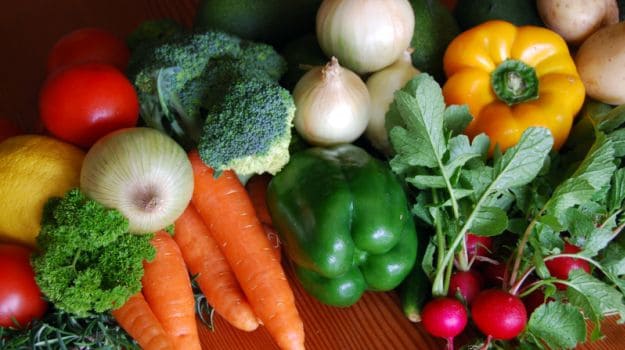
Non-green, non-starchy vegetables like mushrooms, onions, garlic, eggplant, peppers, etc. are essential components of a diabetes prevention or diabetes reversal diet. (That includes beets, asparagus, and zucchini.)
3. Beans

Beans (chickpeas, navy beans, black beans), lentils, and other legumes are the ideal carbohydrate source. Beans are low in glycemic load due to their moderate protein and abundant fiber and resistant starch, carbohydrates that are not broken down in the small intestine.
4. Nuts and Seeds

Nuts are low in glycemic load, promote weight loss, and have anti-inflammatory effects that may prevent the development of insulin resistance.
The Nurses’ Health Study found a 27 percent reduced risk of diabetes in nurses who ate five or more servings of nuts per week (almonds, cashews, walnuts, brazil nuts, etc.).
5. Fresh Fruit

Fruits are rich in fiber and antioxidants and are a nutrient-dense choice for satisfying sweet cravings. Eating three servings of fresh fruit each day is associated with an 18 percent decrease in risk of diabetes (grapefruit, pineapple, avocado, blueberries, etc.)
(N’DIGO’s health columnist Siddiqu “The Personal Trainer” Muhammad is a Certified Professional Trainer, motivational speaker, and author of How Are You Fat and Saved?! He is also co-creator of the house music workout class and exercise series titled You Would Think I Invented Sweat. For booking information or more fitness tips, visit www.chicagofit4life.com.)


